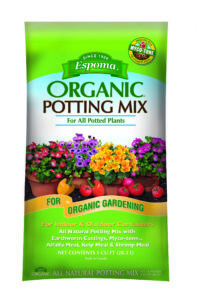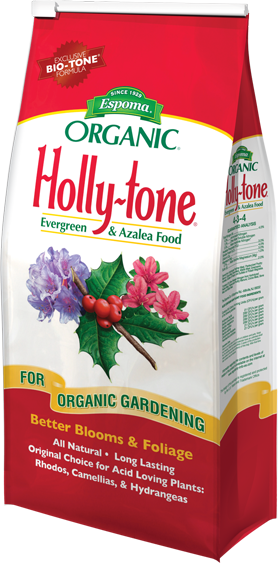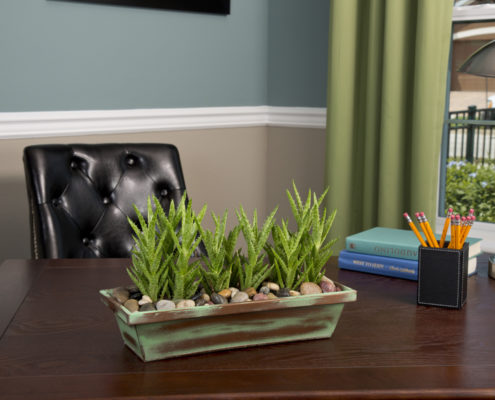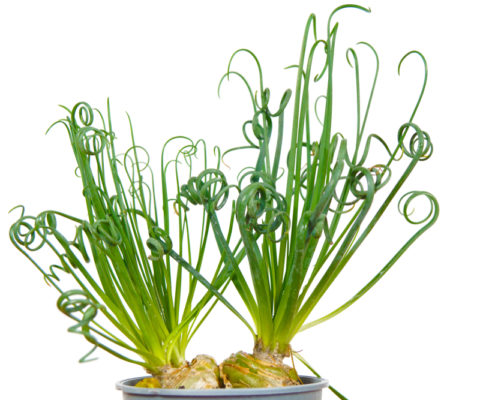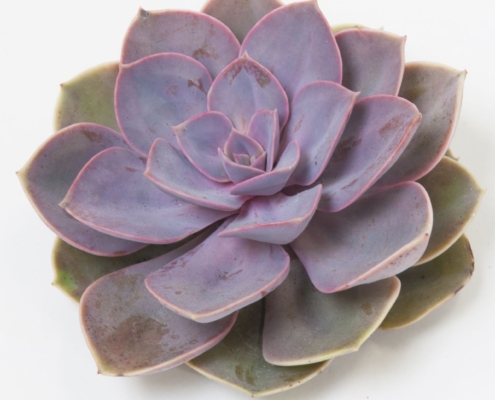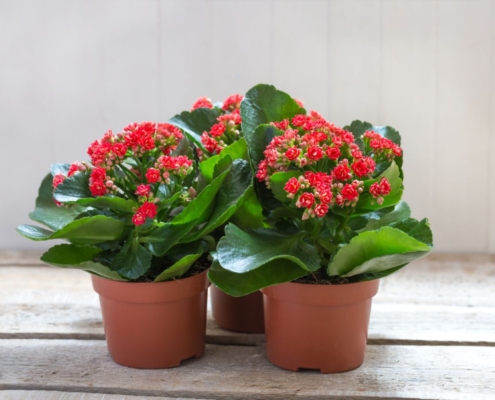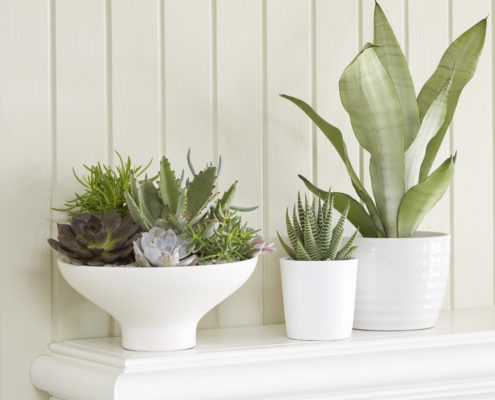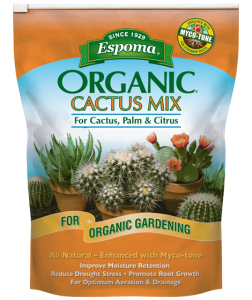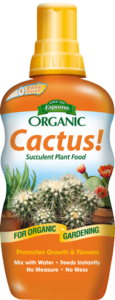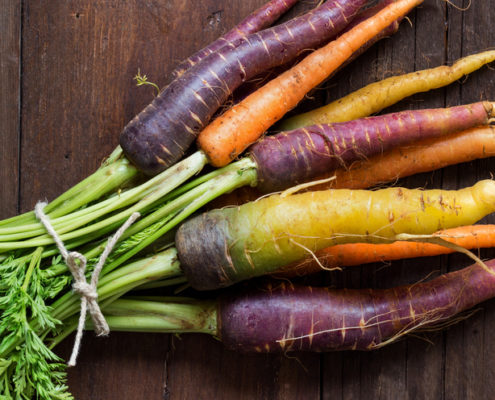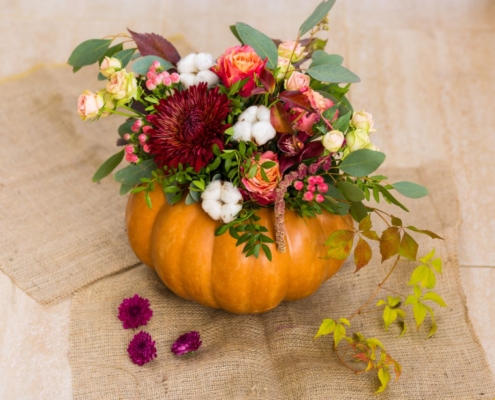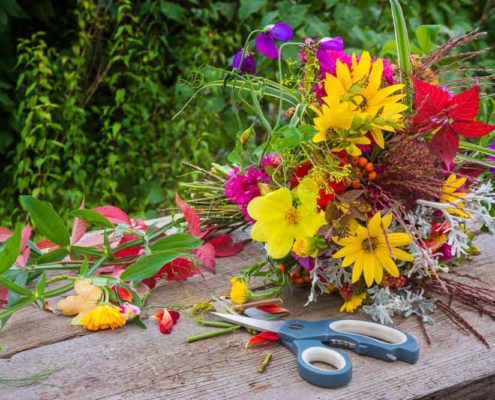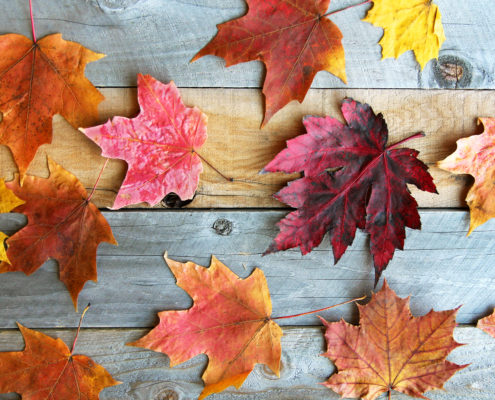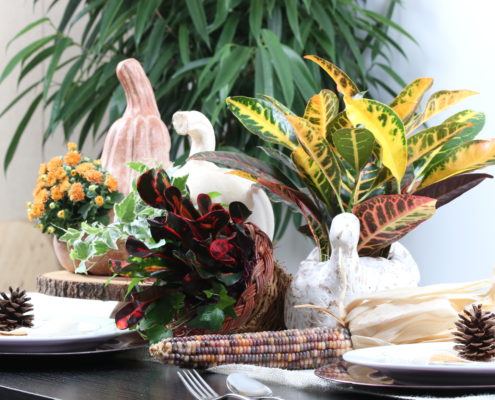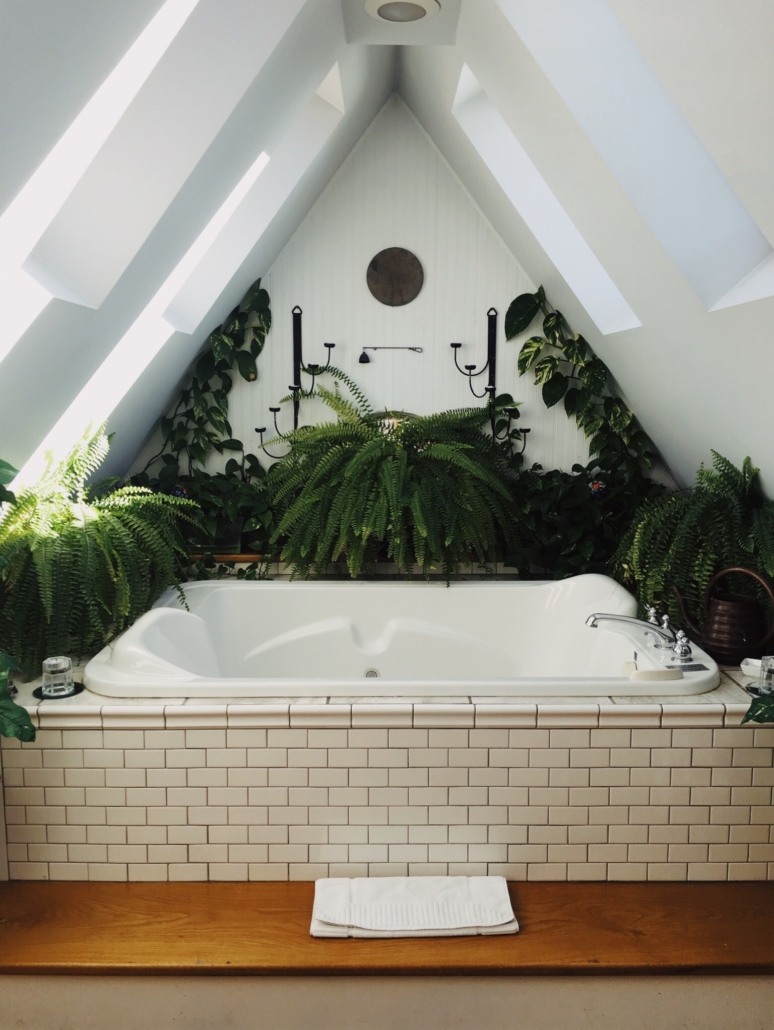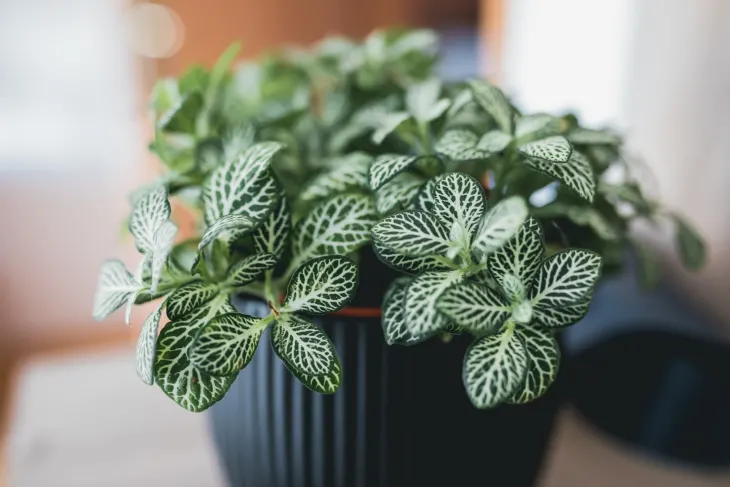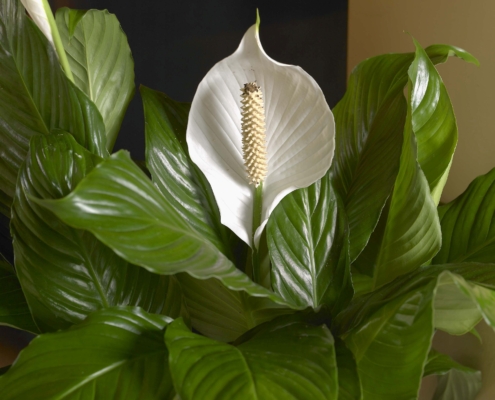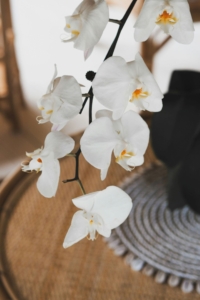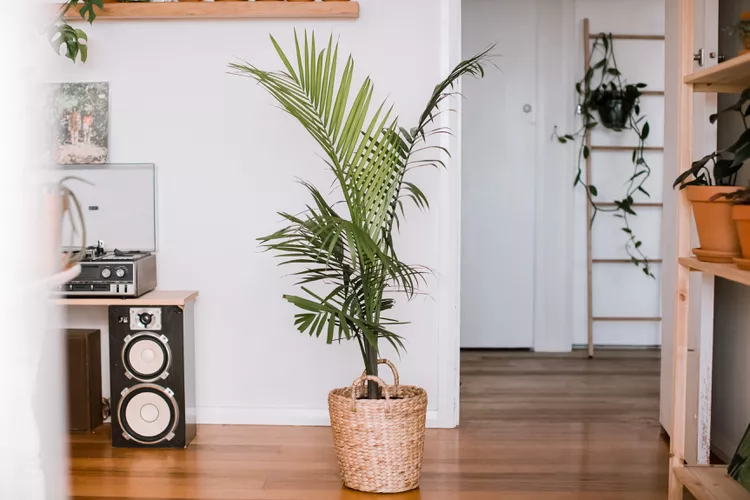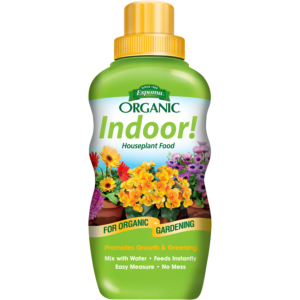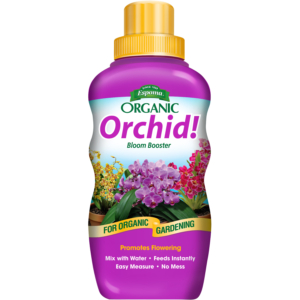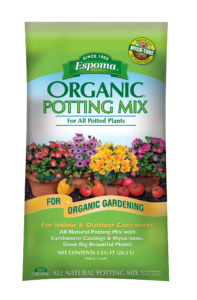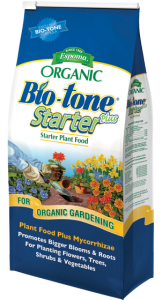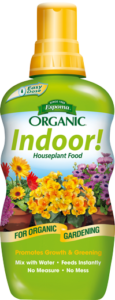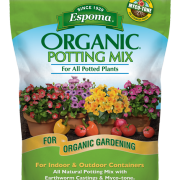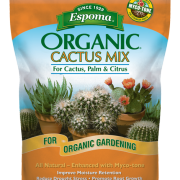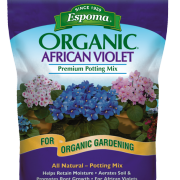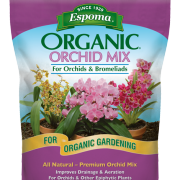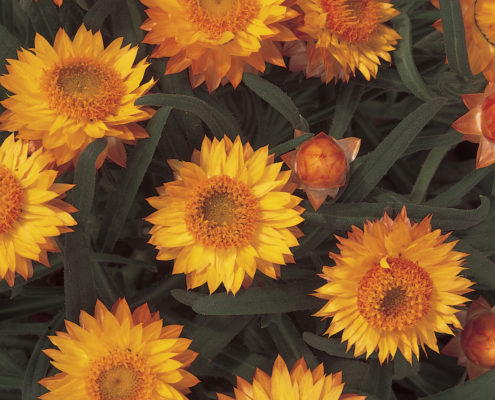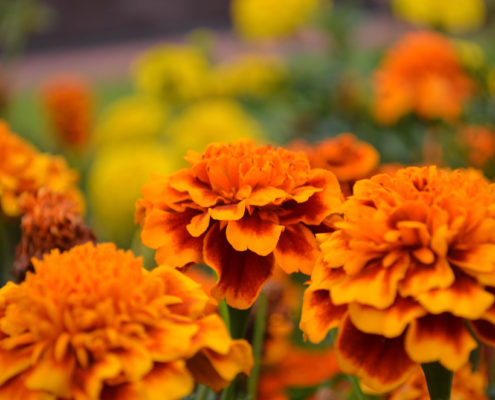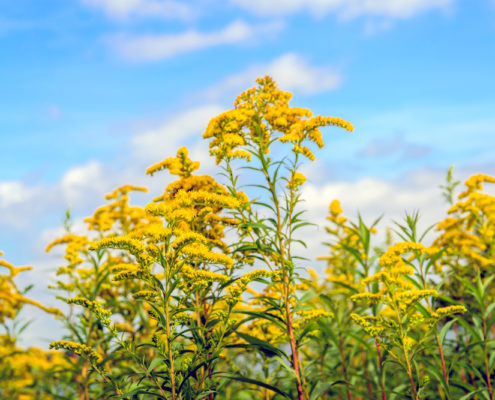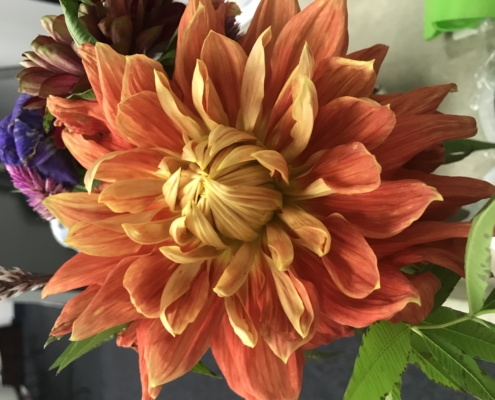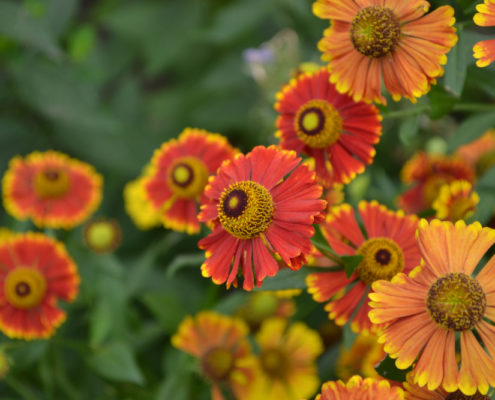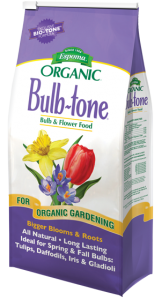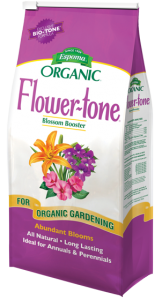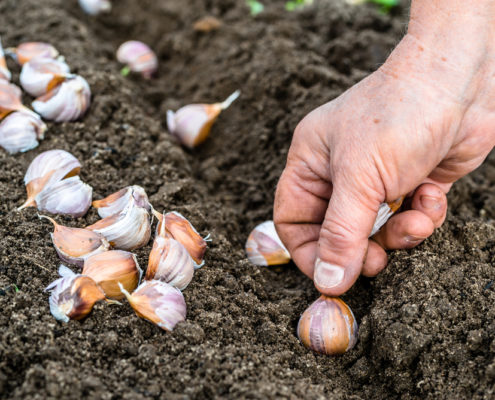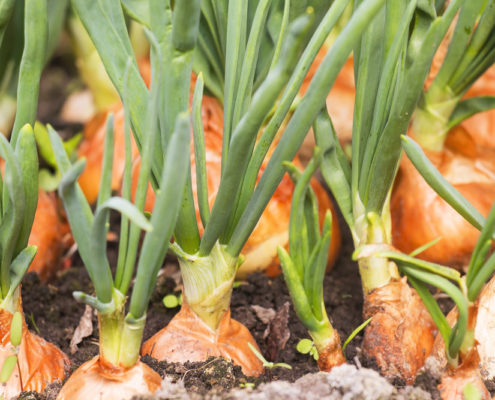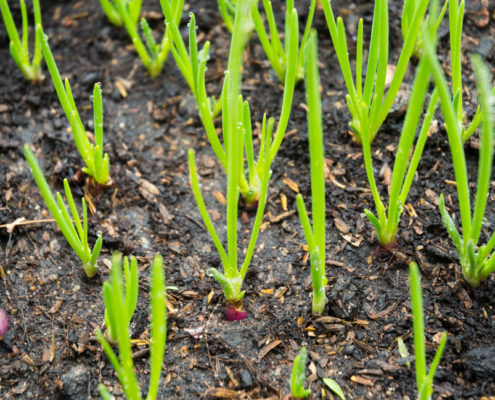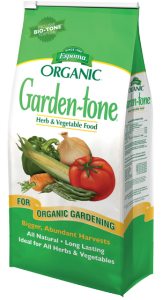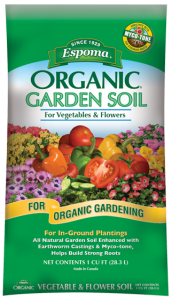5 Ways to Decorate Your Garden for the Holidays
It’s truly the most wonderful time of the year! Everyone seems to be in a better mood when they’re spending time with the people they love.
Going all out with décor is easy and fun. Putting up a big Christmas tree with lights and ornaments, draping garland around the house really makes it feel cozy and welcoming. Draping lights around the home and statues on your front lawn, is a fun way to make the whole neighborhood light up.
This year, incorporate some living décor for your holidays. Here are 5 ways to decorate your garden:
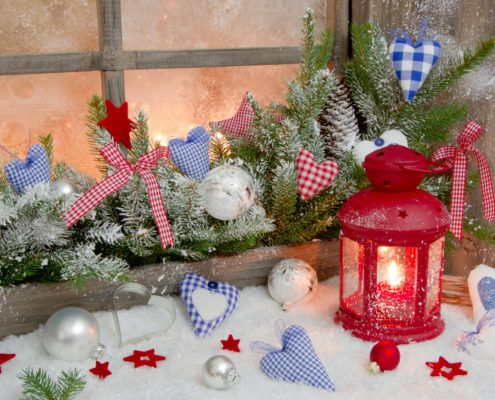
1. Decorate Containers
Containers are a perfect way to liven up a home. Finding a festive container or painting a plain one with festive colors or patterns will bring it to life for the holidays. Fill your container with winter hardy plants that are right for your zone, just be sure to use Espoma Organic Potting Soil to give it the nutrients they need.
2. Design the Grounds
With colorful winter shrubs, vegetables and flowers, planting in a design can bring cheer in ways that are unique and cheerful. With the colors and options your plants provide can make an image come through. Utilize the dead space in between your winter hardy plants to create a holiday design.
3. Plant an Evergreen
While everyone brings their trees indoors, plant one outside. You can decorate it the same way you decorate the one indoors. Plus you can enjoy your Christmas morning outside, depending on the weather. Use natural materials, such as pine cones, berries and flowers collected from your garden to decorate. Be sure to use Espoma Organic’s Holly-tone to keep the foliage green.
4. Train Your Plants
Adding a toy train to show off your garden is a great way to mix fun and childlike spirit to your garden. Utilize the plants you already have planted that will survive the winter. Have the toy train go around what you want to showcase. Add some twinkling lights and everyone who stops by will want a garden like yours.
5. Green Your Mailboxes
Draping an evergreen garland over a mailbox is a simple way to incorporate living décor to your holidays. Creating a garland requires few materials and can look festive within a few minutes. Be sure to add a nice large bow to tie it all together.
Want to keep making decorations for your home? Check out this Succulent Snow Globe from Garden Answer.
Products Used:

